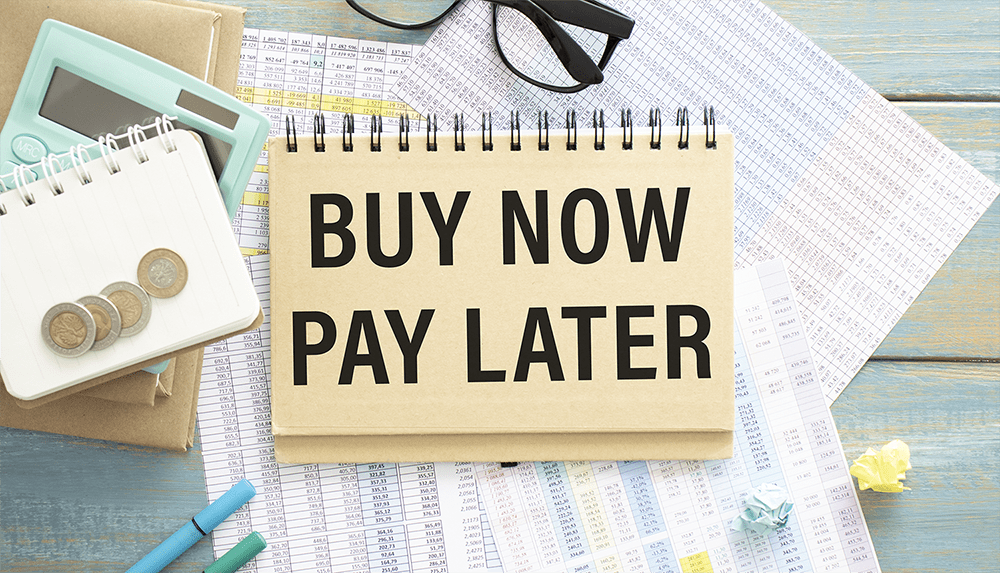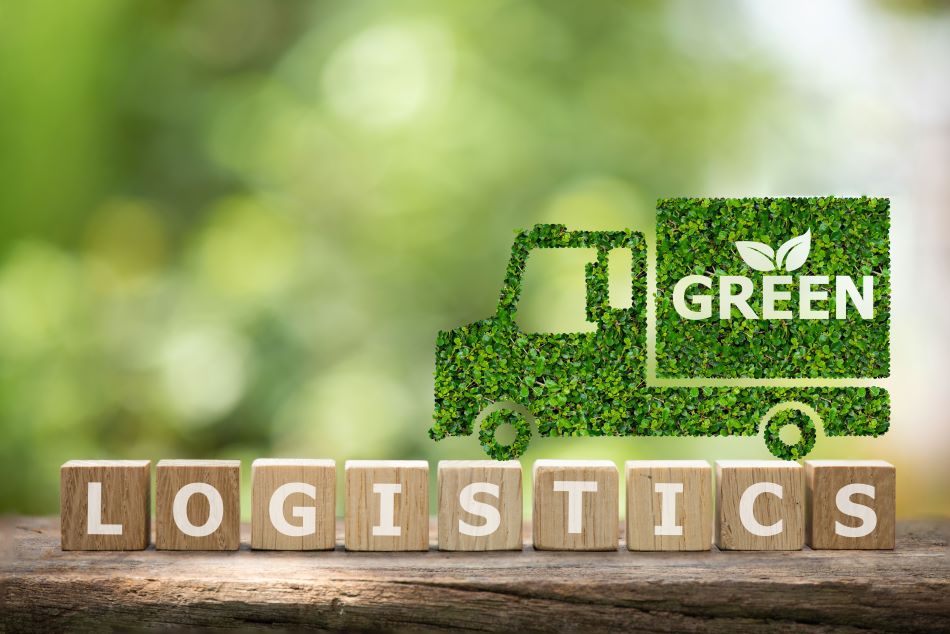Consumers’ payment methods are changing as a result of the extensive usage of Buy Now, Pay Later (BNPL) programs in online retail, such as Afterpay and Klarna. Customers are increasingly adopting BNPL services to extend payments over interest-free installments rather than depending on debit or credit cards. However, because of its widespread use and possible effects on consumers, BNPL is expensive for merchants, and lawmakers have started to regulate it.
All things considered, it is critical to comprehend how and why BNPL influences consumer behavior. Does BNPL make sense for retailers to invest in? Who is altering their purchasing habits, why, and what makes them so alluring to customers? This article highlights the buy now pay later market and how it has pushed consumers to adopt this payment model.
- Rise of Instant Gratification and Convenience
One of the major driving factors for the growth of buy now pay later market services is the rising demand for instant gratification. Modern customers, especially millennials and generation Z, are used to instant access to services, products, as well as entertainment sources. As digital platforms continue to expand, expectations for seamless and effortless shopping experiences are greater than usual. BNPL provides an upfront solution; consumers can shop virtually or in-store, and immediately carry it home or use their purchases, while avoiding payments for days together.
As e-commerce dominates retail, BNPL has become an attractive substitute for the old-school credit option. The service is usually integrated into the checkout process, offering a smooth payment experience. For users, effortless access to deferred payments aligns perfectly with their preference for quick, seamless shopping and the rising trend of looking for alternative payment options.
- Financial Inclusion and Access to Credit
A notable shift in consumer behavior is the rising need for financial inclusion, especially amongst the younger population. Several millennials and Generation Z have either discredited the conventional credit system owing to apprehensions about debt or may not have established credit histories yet. BNPL services offer a practical substitute for credit cards or loans by offering small-ticket financing options that do not necessitate expansive credit checks or greater levels of commitment.
Consumers who do not qualify for conventional credit lines are more likely to use BNPL services, which makes it seamless for them to manage their finances and make purchases without suffering huge upfront costs. This trend is especially obvious in markets with younger populations, where BNPL services are noted as an opportunity to gain access to credit in a more administered and convenient way.
- Impact of Economic Uncertainty
Economic uncertainty, involving growing inflation and increasing lifestyle costs, has impacted consumer behavior. As incomes stay constant or even fail to maintain pace with inflation, consumers are more inclined towards seeking flexible payment options to manage their budgets. BNPL empowers consumers to divide payments over several weeks, offering some financial relief during tough economic times. This specifically holds truth for users who may have limited funds but still are required to purchase necessary goods or treat themselves with optional items.
- Technological Innovations and Data Analytics
As providers of BNPL try to maintain their edge in the market, they are noted to be inclined towards technological progression and data analytics to enhance their understanding of consumer behavior and provide better personalized services.
Moreover, the integration of AI and ML learning technologies is helping providers access credit risk more efficiently. This data-driven approach enhances the whole BNPL experience and ensures that consumers are provided with more flexibility and better terms, further boosting the buy now, pay later market expansion.
To summarize, the buy now pay later market is experiencing a drastic transformation, formed by evolving consumer behavior, economic burdens, and technological progressions. As consumers become extra cautious about debt, want more transparency, and demand extra flexibility, BNPL is progressing to fulfill these demands. With the rising popularity of BNPL process among younger consumers, the future of buy now pay later market is likely to be defined by a balance between offering convenience and safeguarding financial responsibility.
















